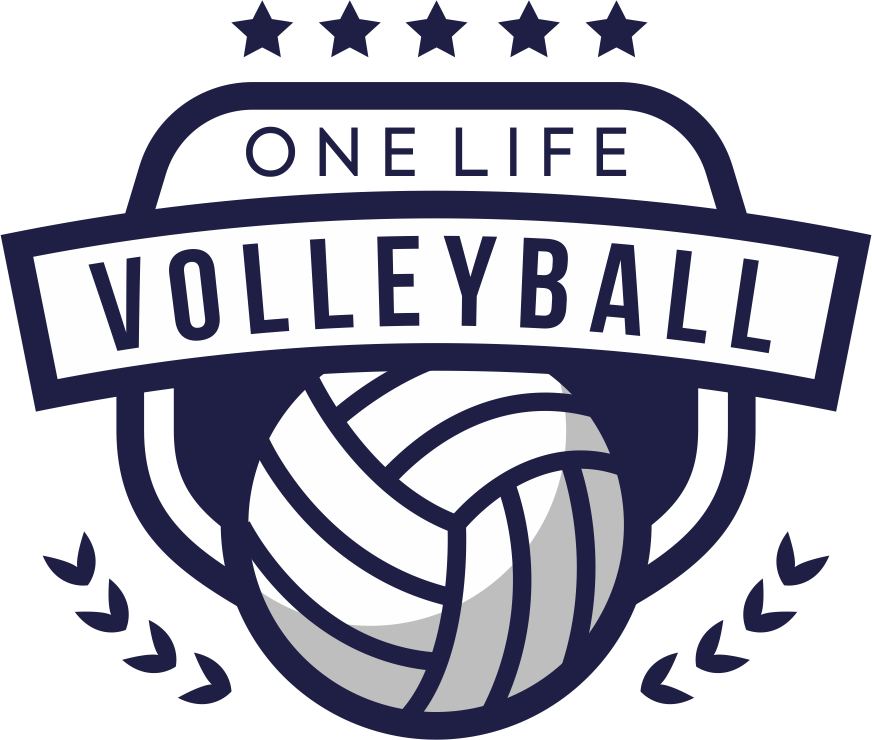Introduction:
I am a volleyball player who loves digging, sets, and liberos. I have seen many national-level players who serve noteworthy aces during the matches. The outside hitter in the serving team performs as an ace most commonly with an offensive mode. He is also known as a ‘wing spiker’ as this player attacks the ball into the opposite court with high speed for a perfect ace.
As a beginner player, I was intrigued when I was introduced to an ace in volleyball during my school days. My high-school volleyball coach taught me to perform an ace to leverage my playing skills and competitiveness. He used to explain the needed body postures, hand position, and jump heights for a perfect ace. Sooner, I became perfect to ace the ball. Today I will share everything about Ace, its types, and facts for your core understanding.

What Is Ace In Volleyball?
Ace is a serving skill when a player serves the ball and the opposite team cannot pass it. The ball may land on the opposite court but remains untouched by the receiving players. In case, if they touch the ball, but they cannot pass it for return.
The receiving player fails to volley the ball for an ace. This untouched ball lands in the opponent’s court. The famous volleyball player Micha Hancock performed 22 aces in the NCAA Tournament plays and 10 aces in the Penn State single-match in 2012. It was a historical record for ace in volleyball. Ace-serving players like Leon, Yuji Nishida, Alan Souza & Co, etc. are world-popular due to their finesse and control in serving.
When Is The Ace Awarded To A Player?
According to Article 2 in Section 3 of the NCAA’s Official Volleyball Statistics Rules, the ace is awarded to a player in the following criteria:
- An ace is given when the ball lands in the opponent’s court without the receiver’s touch.
- An ace is given when the opponent touches and passes the serve but cannot keep it in play.
- An ace is awarded when the referee calls a violation on the receiver. The violation includes lift, double hit, etc.
- An ace is awarded when the receiving team overlaps and becomes out of rotation.
Types Of Ace In Volleyball?
To become a pro ace player like Hankok, you need perfect serve skills, rational thinking to find the right spot for an ace, and a serving style. I have shared the main types of aces according to their serving styles and skills:
1. Jump:
A ‘jump’ is an overhand ace serve in which the player serves the ball high in the air first and then jumps to hit the ball with an accurate pace at the right time. I love this ace because of its powerful tossing and smooth ball landing. Initially, new players may feel an ace like a back-row attack.
I prefer to stay far behind the line on my side of the court and then jump to ace the ball. Doing this gives me enough room to hit the ball without any hurdle. Jump ace may have a top spin for better landing. Due to its ease and powerful serving, the jump ace is becoming popular among young college players, professional tournaments, and recreational matches.
To understand jump serve better, you can refer to this tutorial video:
2. Float:
Float is a tough serve where the serving player strikes the ball with an open hand/ palm with a firm wrist. Imagine you are giving a high-five to the ball with an overhand serve. It is going into the opponent’s court with an unpredictable path. This is what a float ace looks like.
With a zero spin, a float ace lands directly in the opponent’s court making it difficult for the receiving player to pass.
To learn more about float serve, you can watch this tutorial video:
3. Topspin:
In topspin ace, the serving player throws the ball high in the air from his standing position and attacks the ball with a wrist snap towards the opponent. This overhand serve gives a top spin to the ball to maintain the speed, flight stability, and trajectory toward the opposite court.
According to my experience of years, you must gain control over the aim, target spot, and timing to toss the ball for a perfect topspin ace.
To learn more about top spin serve, you can watch this video:
4. Jump Float:
This ace serve is an amalgamation of jump and float serve. The server tosses the ball high in the air and jumps before he hits the ball. It looks similar to float serve because the contact with the ball is made in the air.
In this overhand serve, the ball has a low topspin. Due to its topspin, float serve, and ball strike, the jump float serve gives an unpredictable path to the ball’s trajectory and landing. It makes the receiver uncomfortable and unable to touch or pass the ball.
To know more insights on jump float serve, watch this video:
FAQs:
- How many points is an ace in volleyball?
The serving team gets 12 points for a successful ace. If the ball does not pass the net, a serving fault happens. For serving faults/ errors, 8 points are deducted from the serving team.
- What is an ace spiker?
An ace spiker is an attacking player who serves the spike past the opponent’s blockers with an attacking and brutal mode. Such hard-hitting ace spikes are unbeatable and untouchable.
Conclusion:
Ace can be interesting and competing if played served wisely. I have seen great players performing excellent aces in my playing career! The secret behind their excellent ace is regular practice and consistency! I hope this detailed guide on ace in volleyball is helpful to you to understand this skill easily. See you in court!


